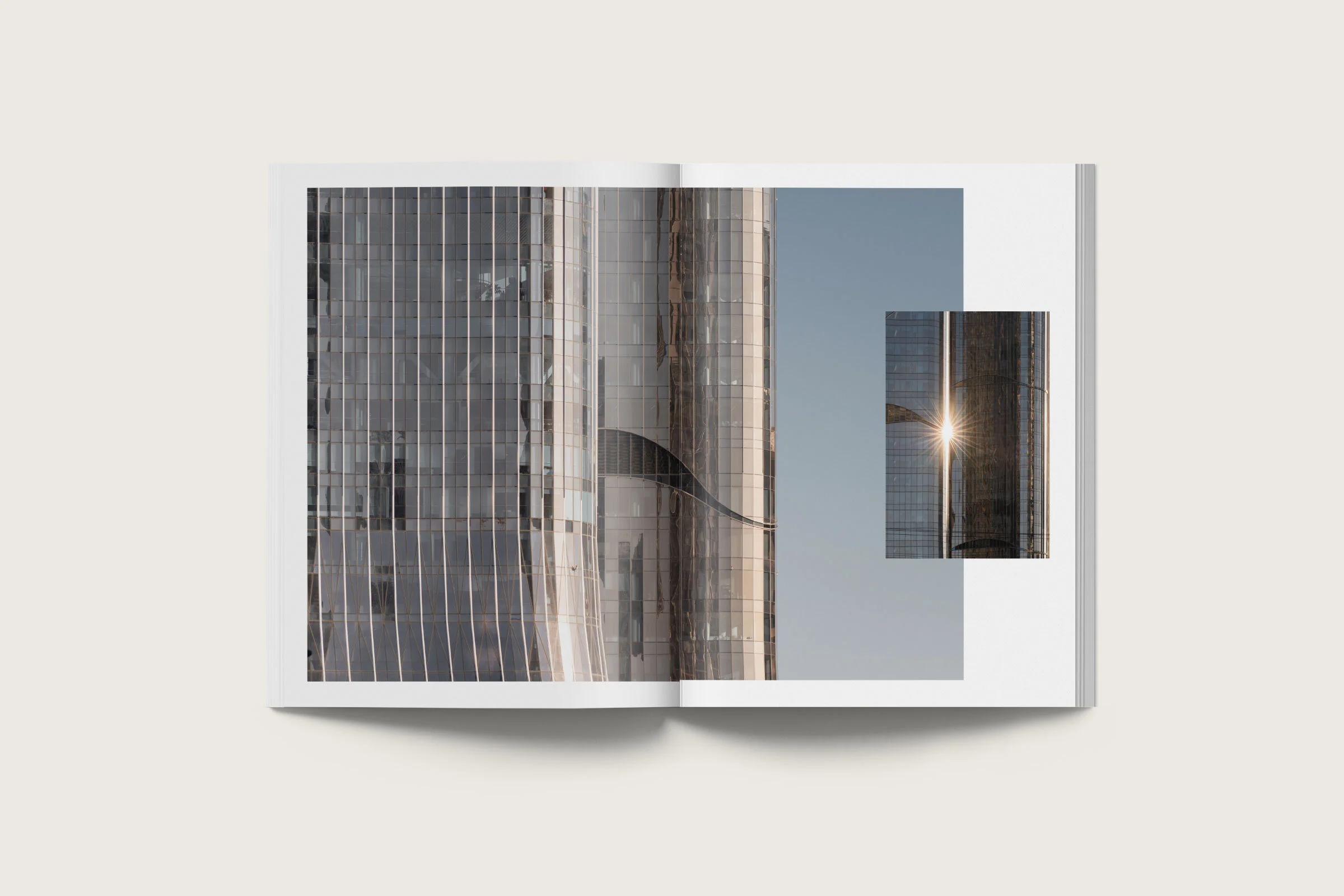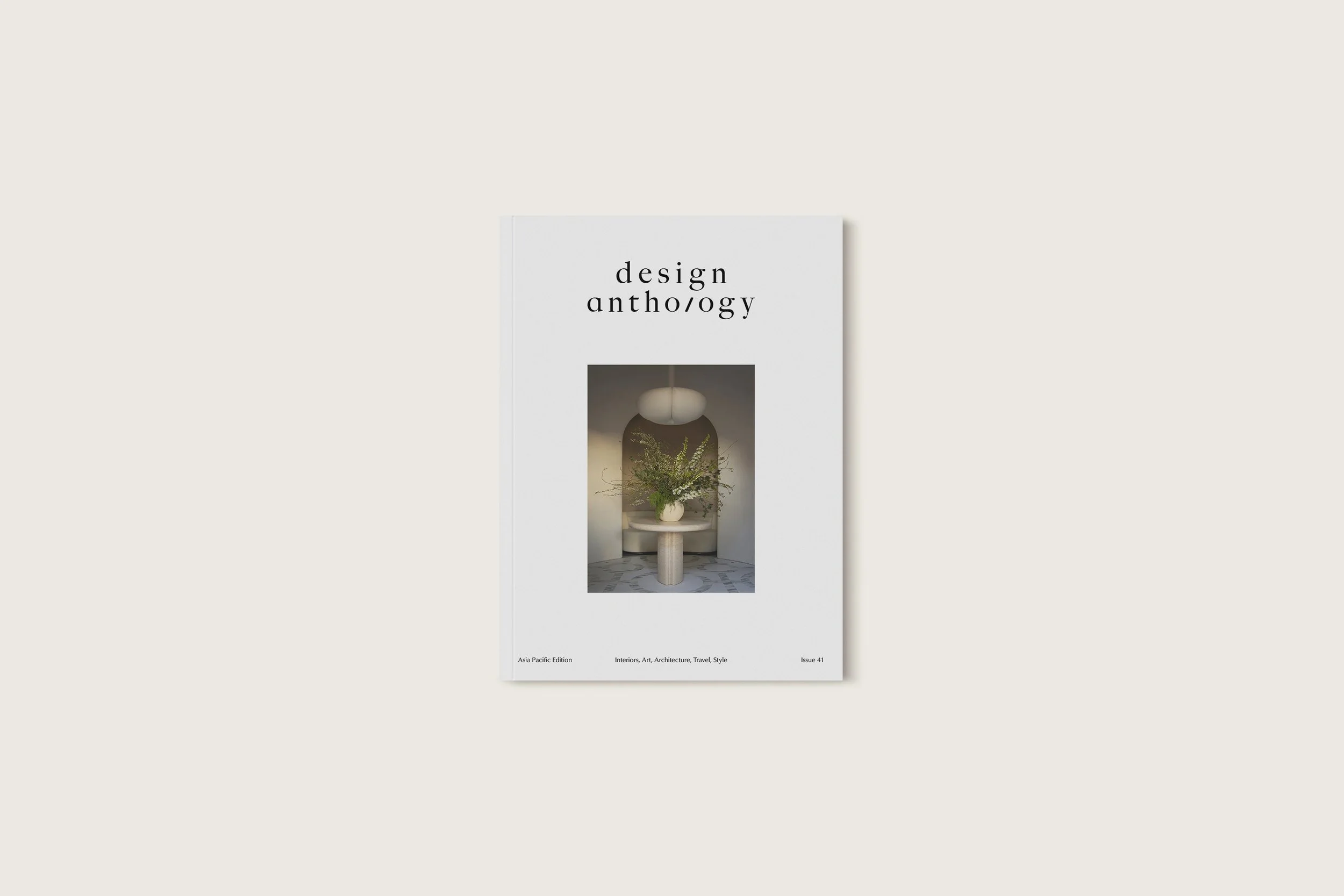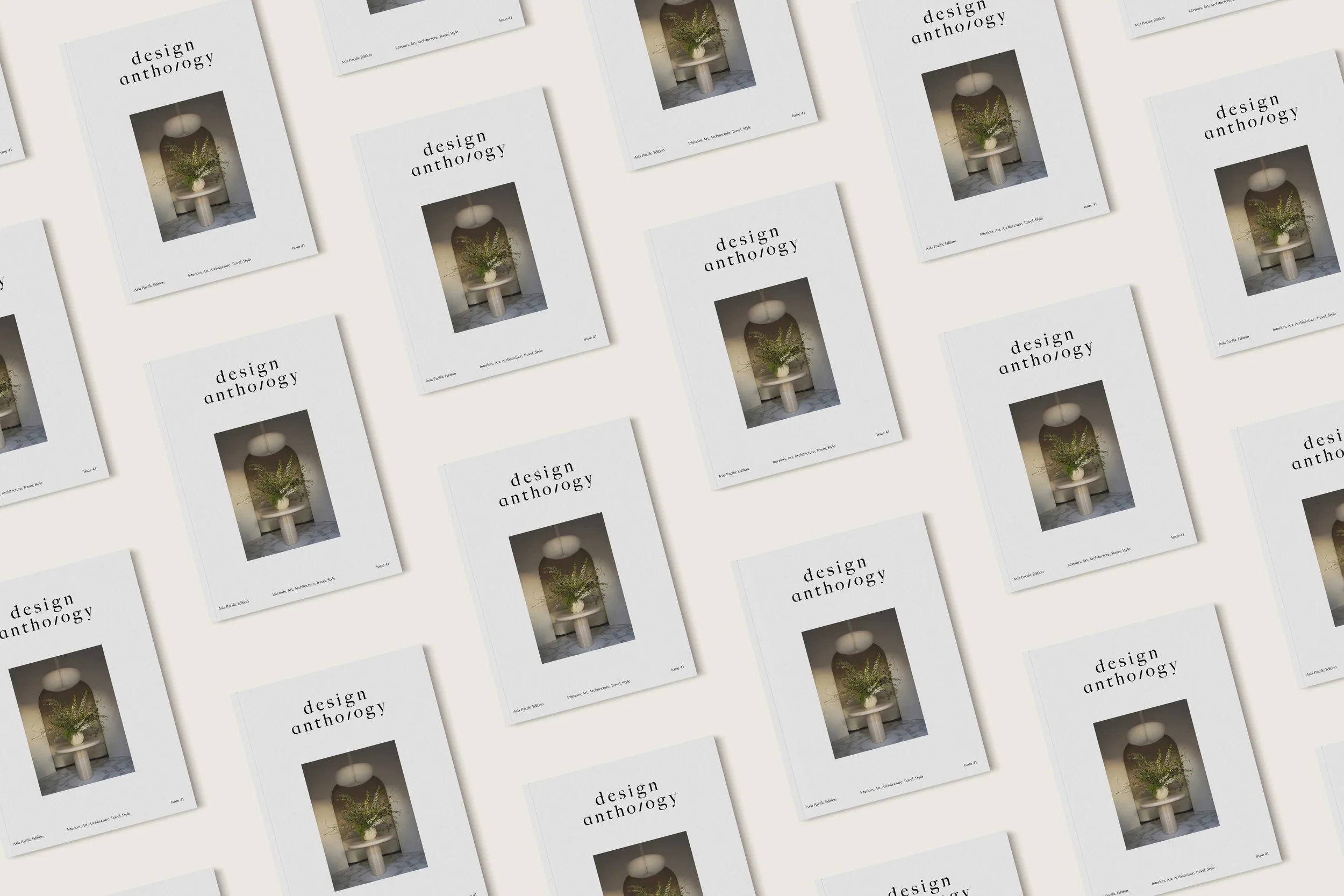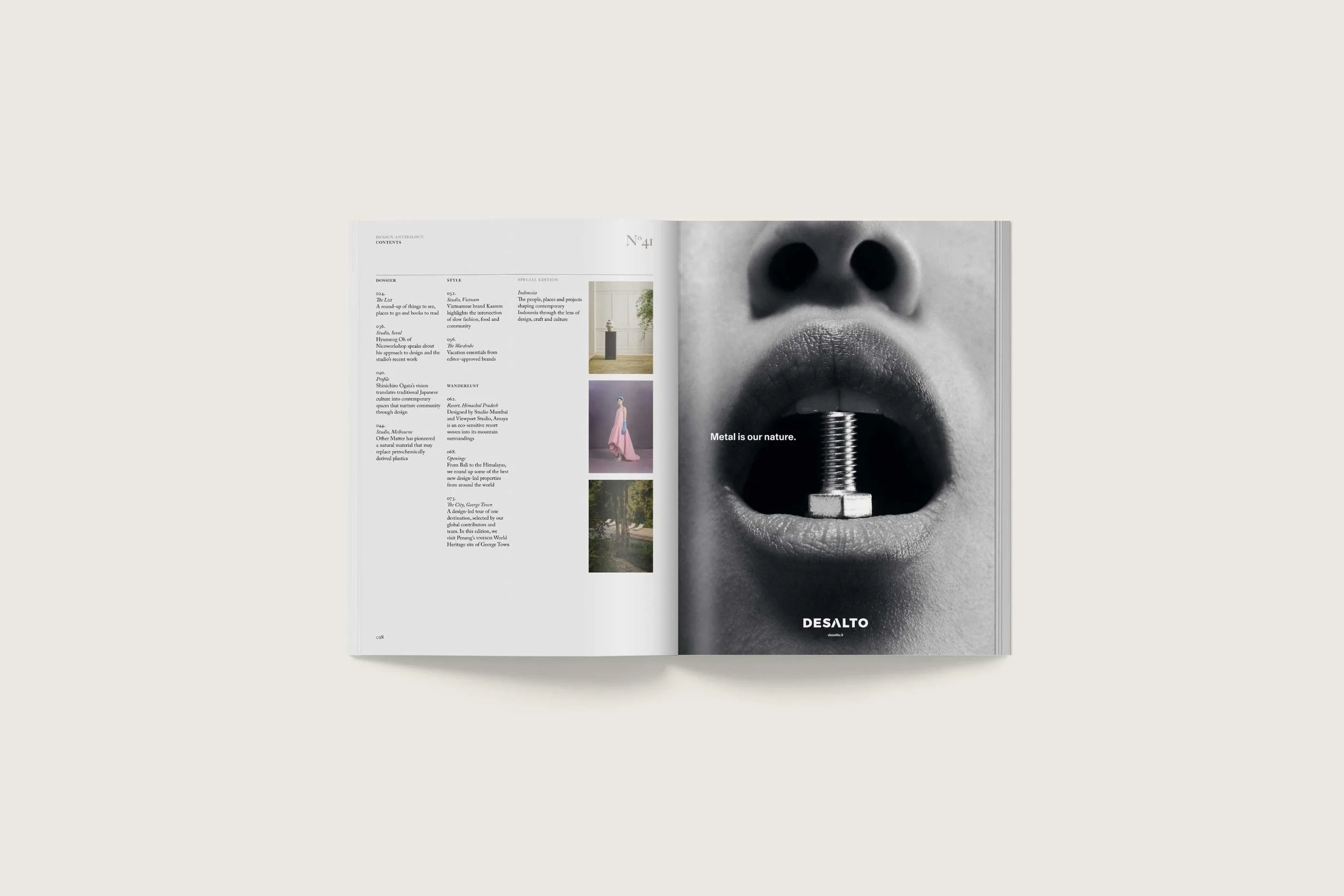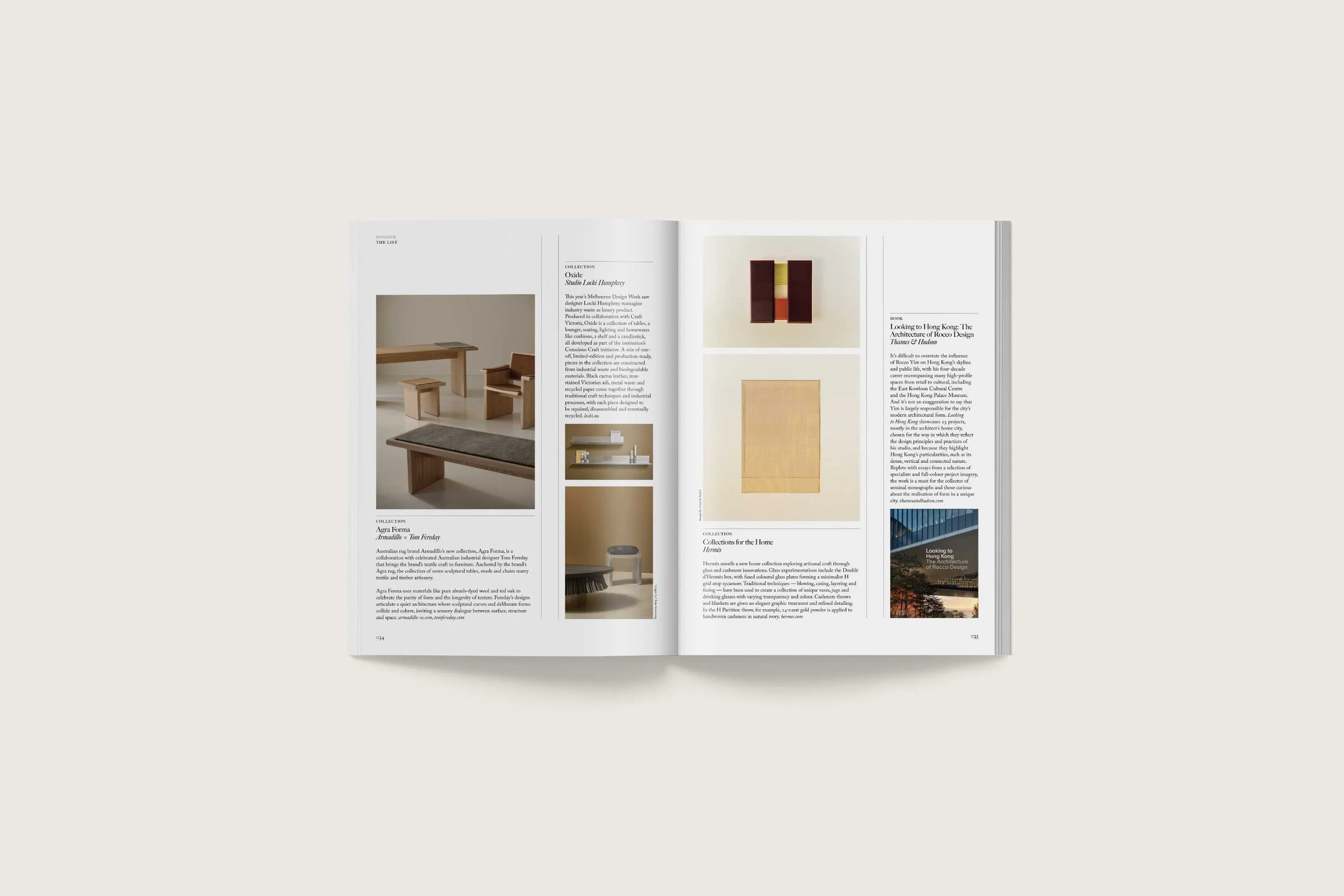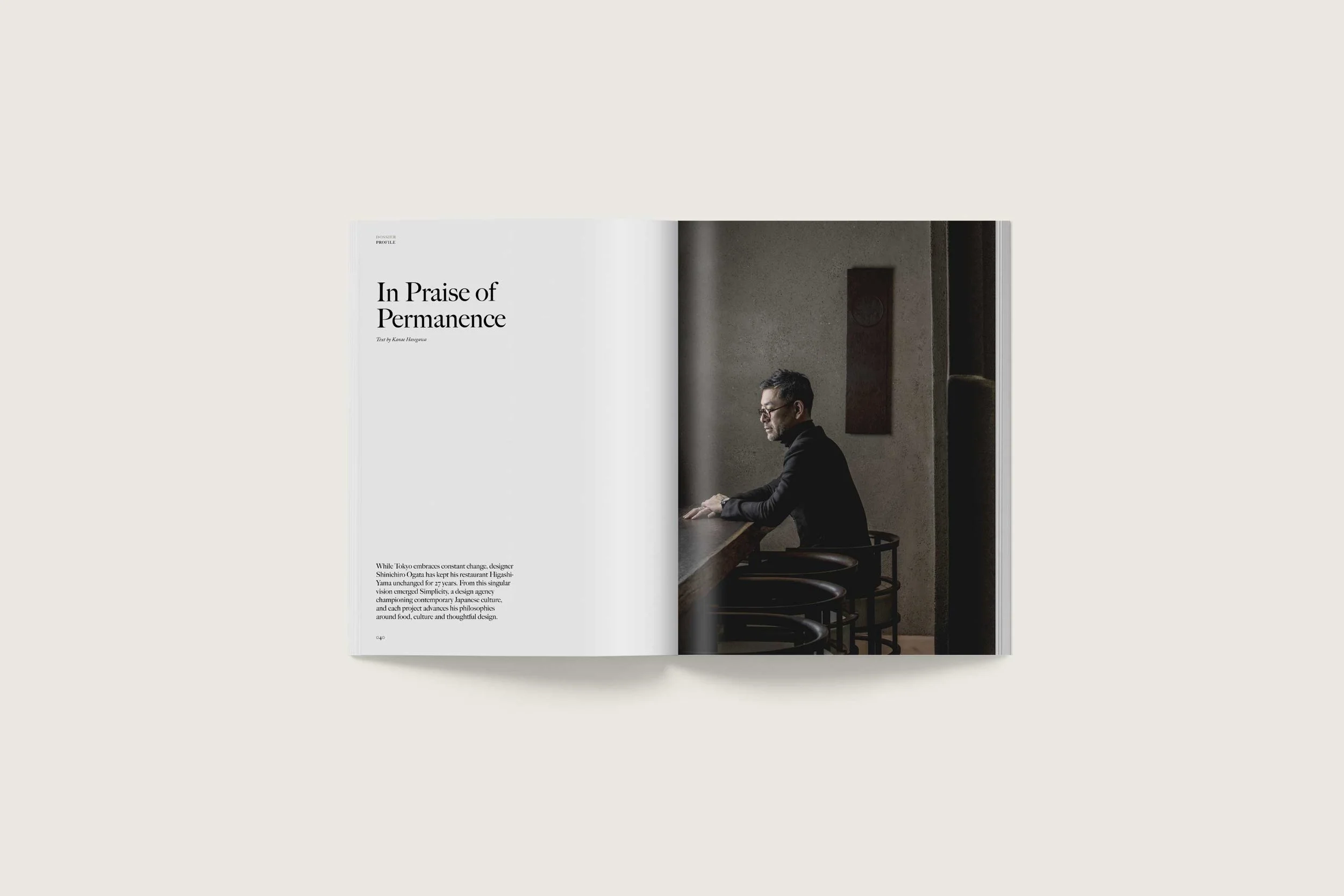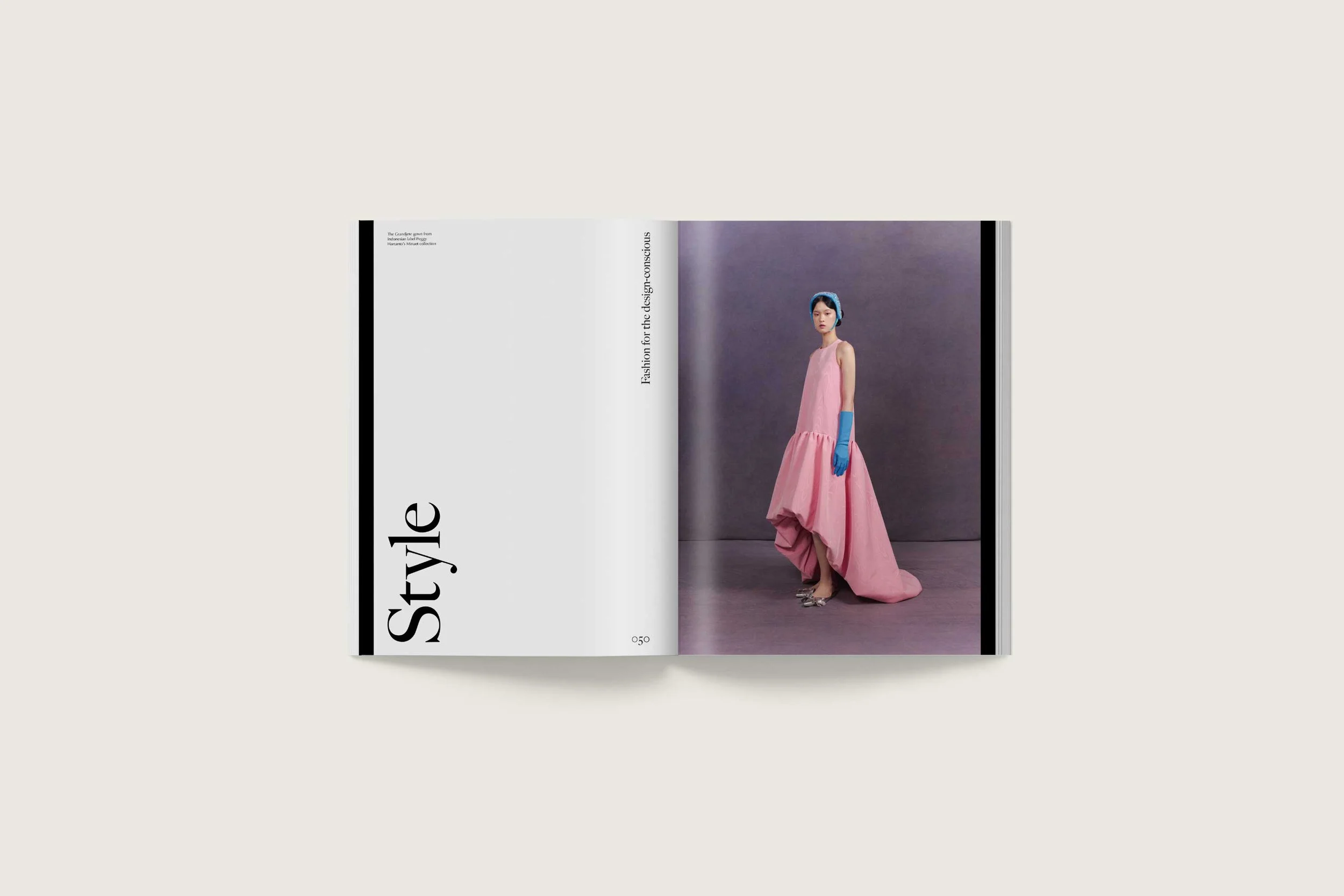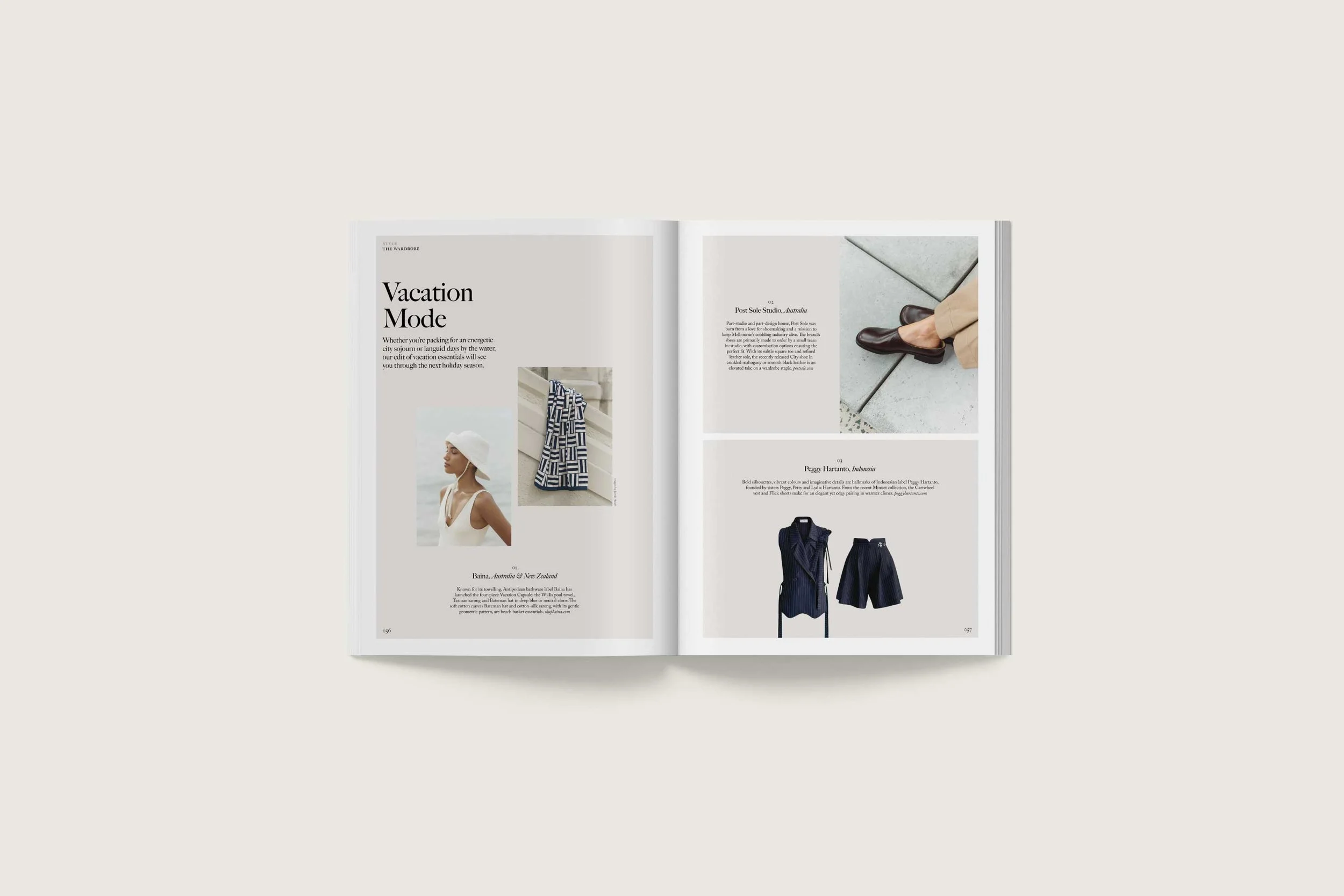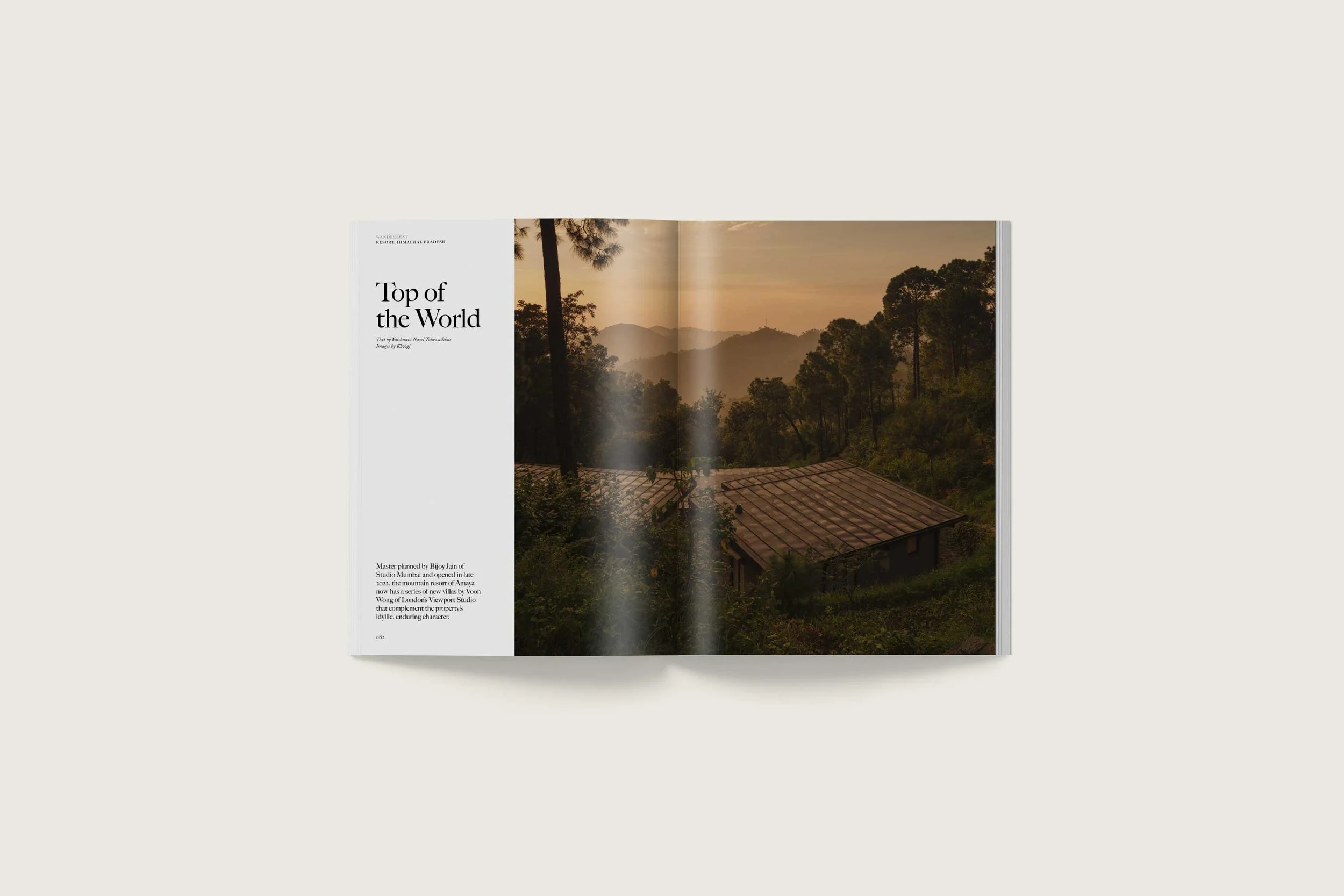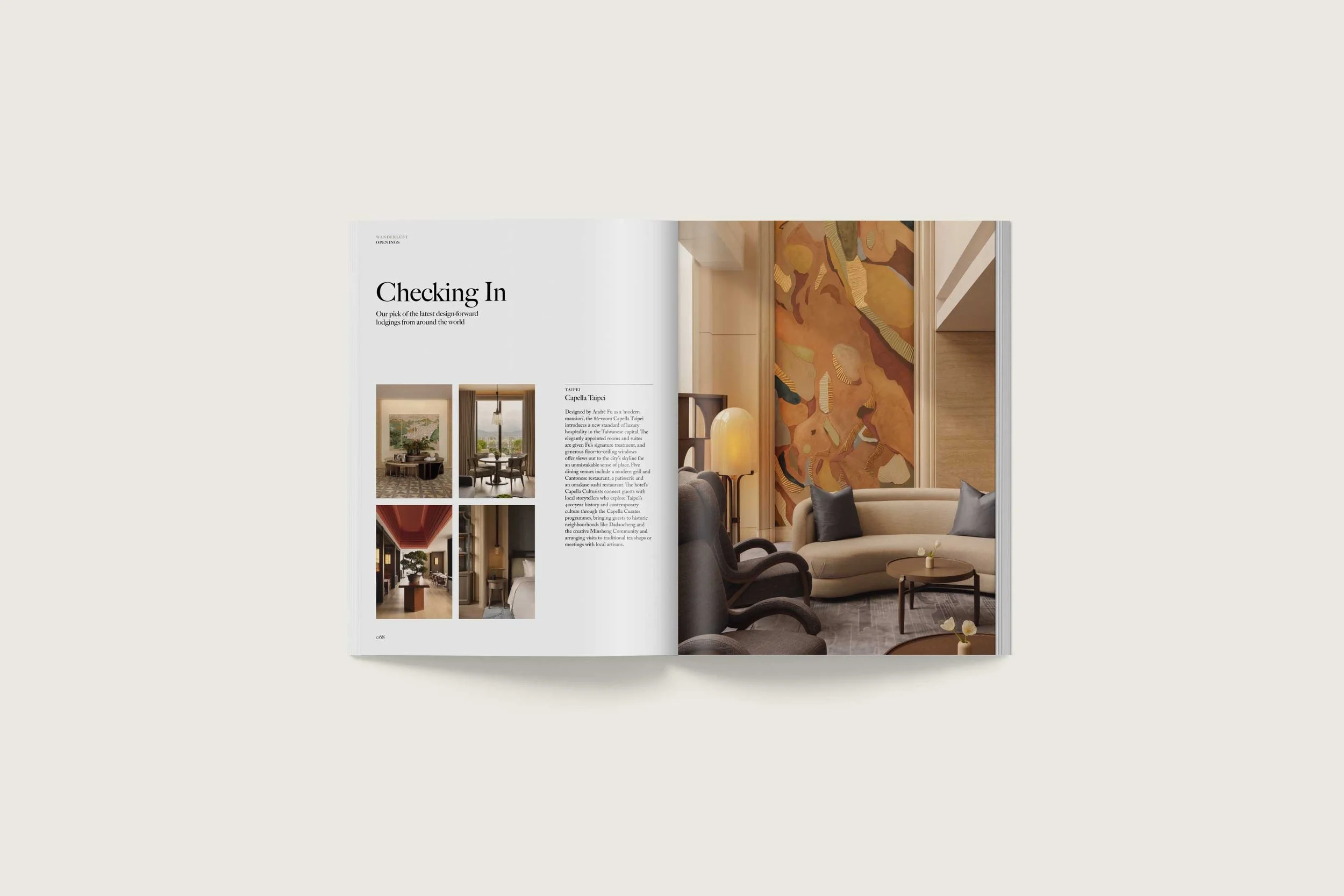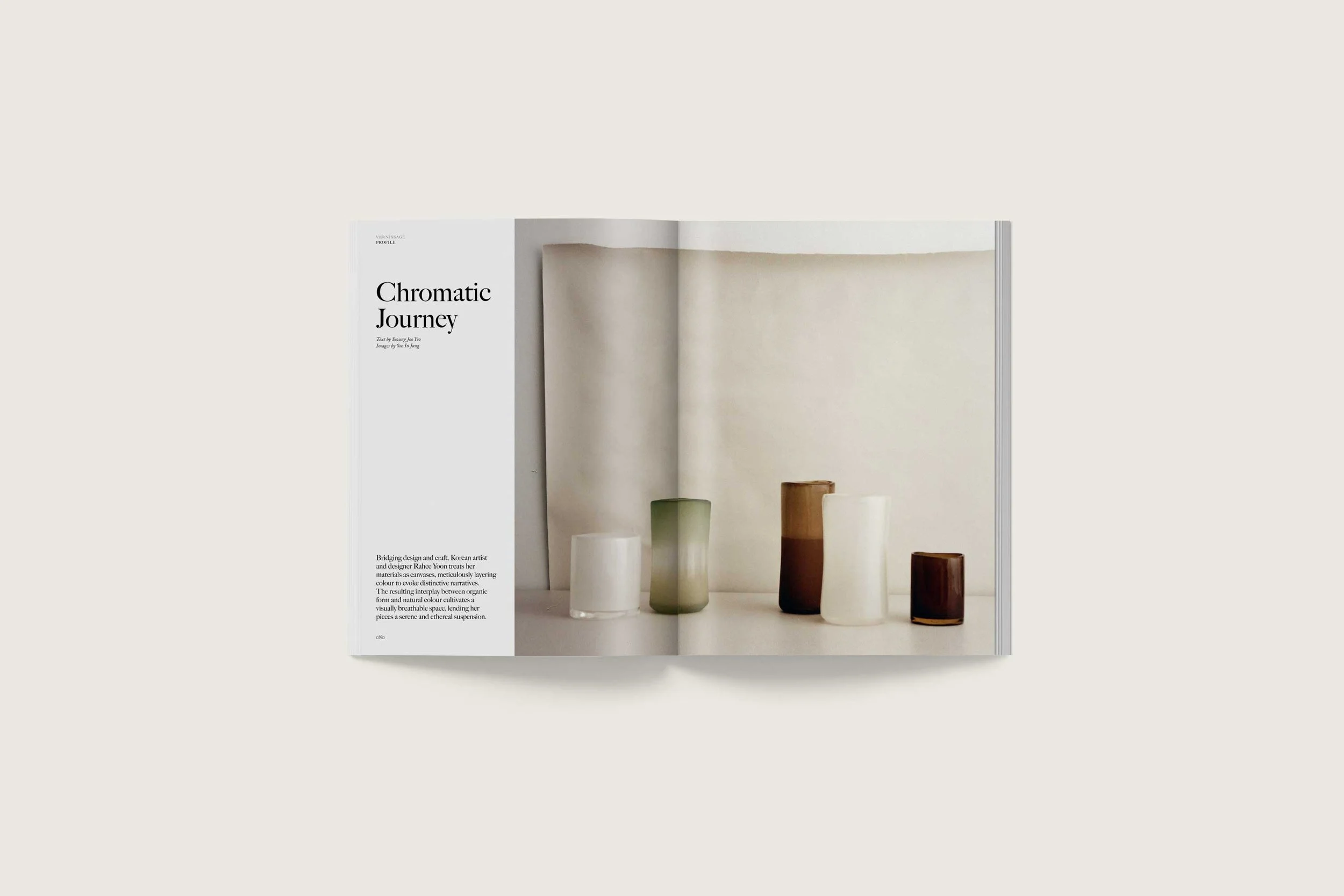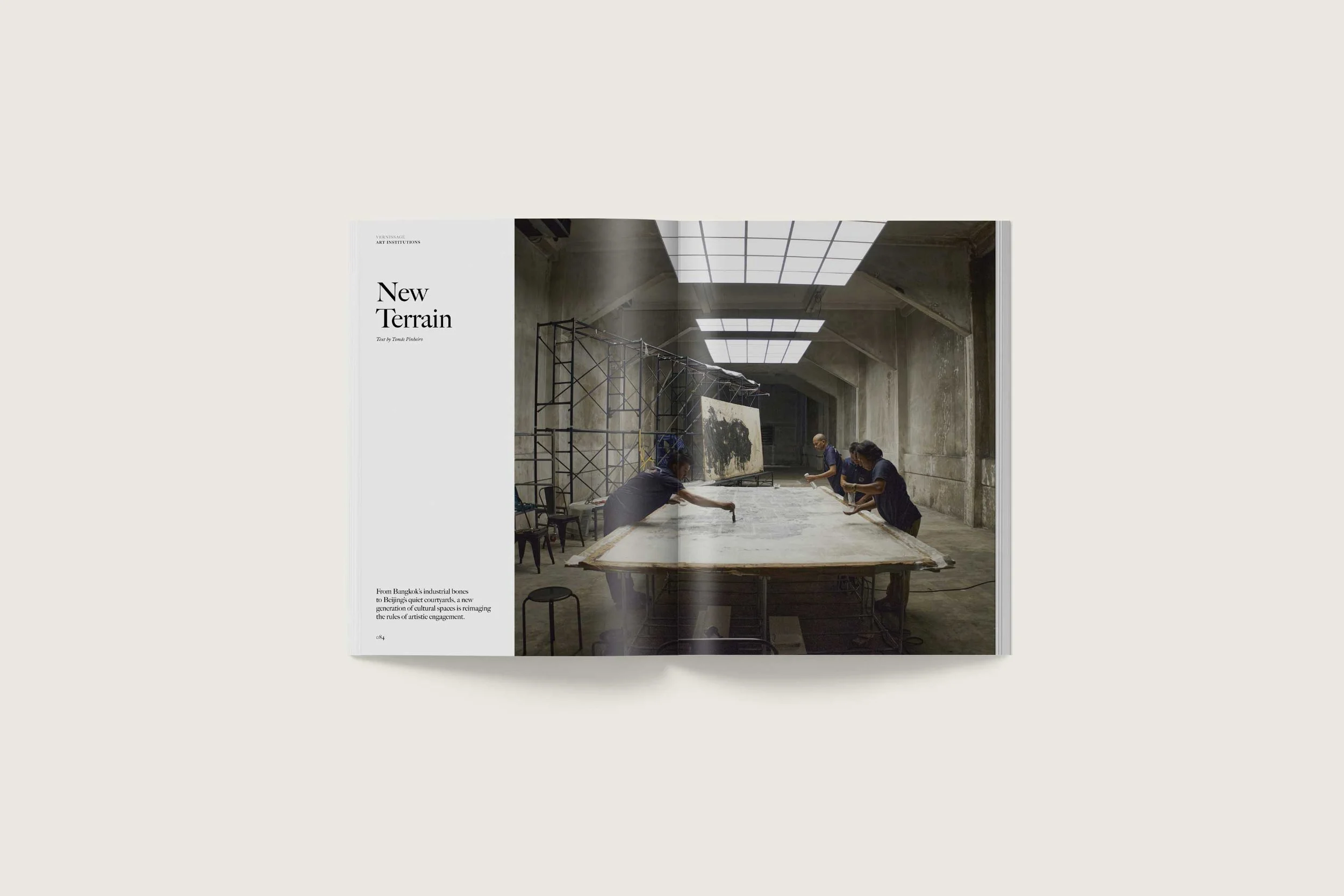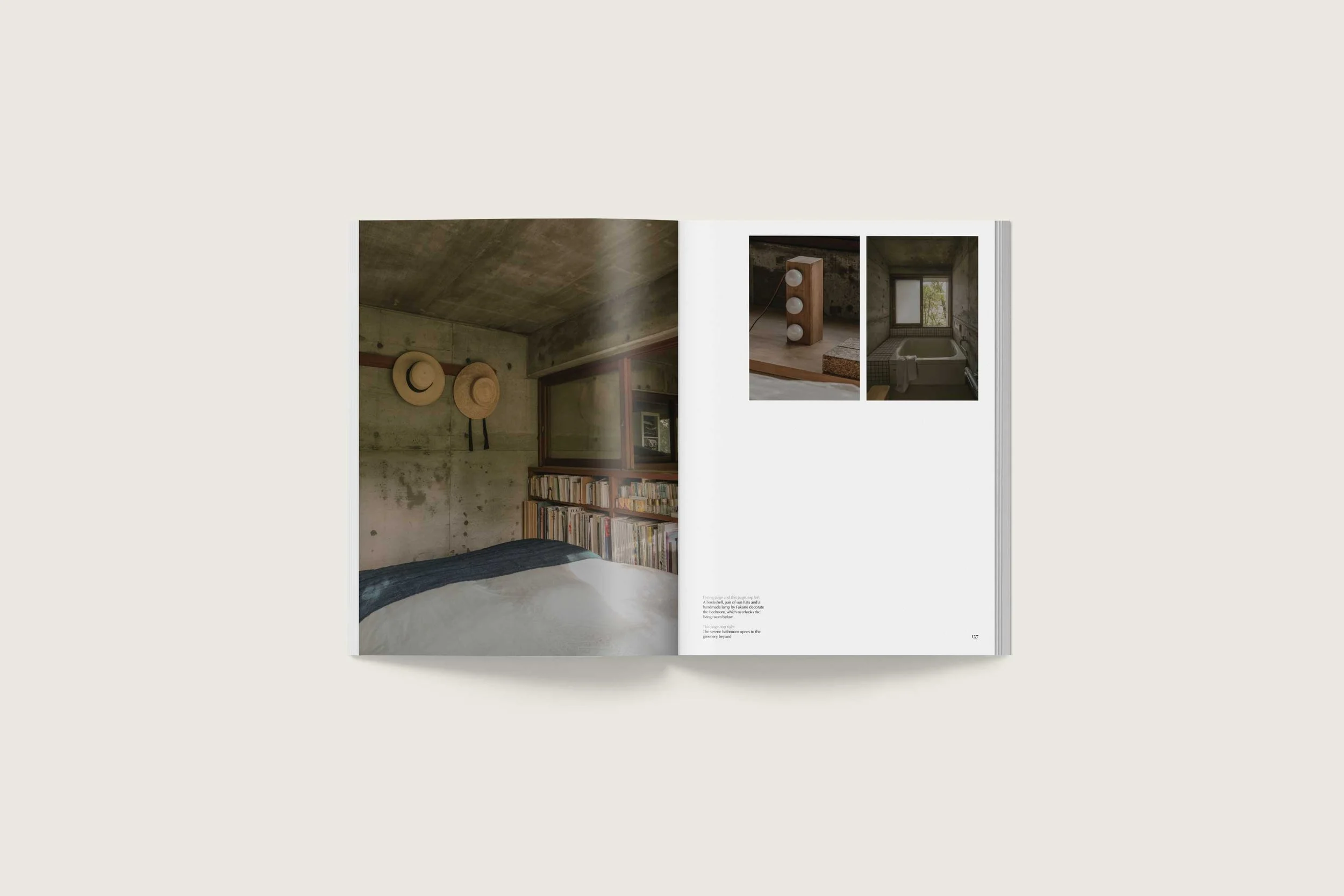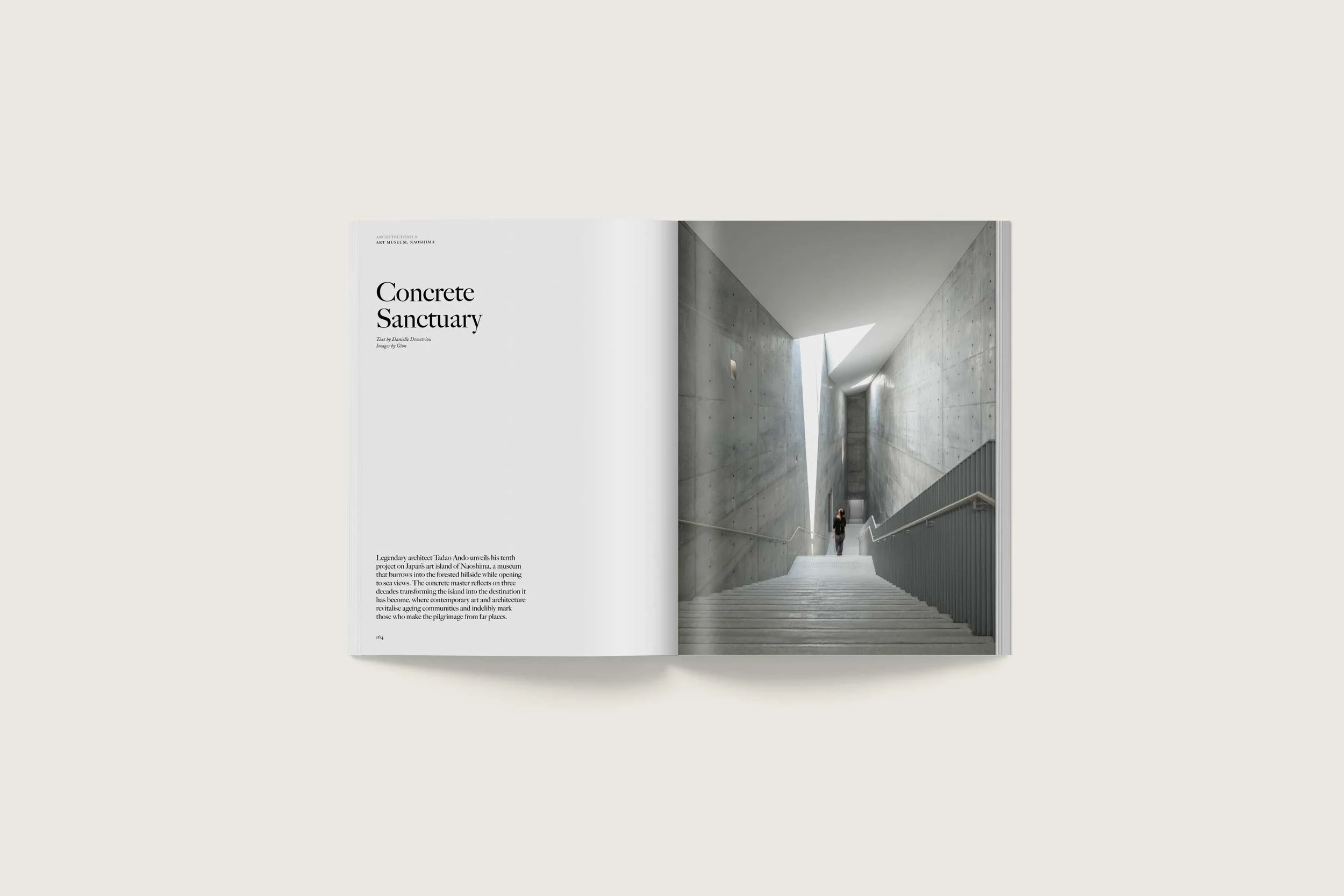From the editor
Over the course of this year and since COVID-19 was officially labelled a pandemic, I’ve overheard and taken part in several conversations about what this period means for humanity, our planet and the future of cities, what we can learn and how or where to find silver linings. None of these conversations were as interesting as one I recently watched (and which we subsequently republished on our website): the second in the Bengal Institute’s BI Between series, which aims to explore the critical spaces between architecture, landscape and city. In this conversation, the institute’s director general, Bangladeshi architect and urbanist Kazi Khaleed Ashraf, spoke with architect, urban designer and conservationist Rahul Mehrotra of RMA Architects about the impact of COVID-19 and the future of cities in South Asia. I thought about the conversation a lot over the following weeks, in particular something Mehrotra said:
‘Resulting from the pandemic, the relationship between our home and the world is altering. It’s a matter of what age and phase of life you’re at, but I think the home actually became a very transient place. The access we had to the world, to the city and to engaging with other people created the illusion that the world was a stable entity and it was the home that was transient. But very quickly that has flipped completely.The home has become the most stable place. We are experiencing our homes in ways we’ve never done before. We have taken the home for granted; it has been the transient space in our lives, but now the world has become transient and the home has become the most stable entity, and by extension so has its locality. We’re noticing our neighbourhoods more intensely, we’re noticing things just across the street that hadn’t registered before, we’re noticing things in our own backyards. It’s an interesting tension. You can’t see it as a binary, it’s never been a binary. There is always evolving tension between the home and the world, and a shifting set of relationships. And the tension involved in the way you place your home within the world has taken on a completely different dimension, because the presence of the home, the tactility of the home, the changing light qualities, the minute details that we weren’t absorbing as much as we should have been — these have become what now inform our everyday experiences and our perceptions about life.’
I certainly couldn’t have put this any better or more poetically, and I hope it gives you as much to think about as it did me.
Until next time, stay safe and well.
Suzy Annetta
Editor-in-Chief
Inside the issue
Dossier
Openings
HOUSE OF WANG opens in Beijing
Products
New collections and collaborations
Read
Upcoming and new books
on design, art, interiors and architecture from some of the world’s best publishers
Lifestyle Space, Seoul
Teo Yang transformed Kukje Gallery’s K1 building by designing the spaces around the artwork on display
Studio Culture
In the first edition of our new studio feature, we take a look inside New Delhi-based design practice Project 810
Profile
Heading up New York-based studio Ocrùm, designer Sean Zhang creates pieces imbued with empathy and emotion
A Day in the Life
We spend a day with Dylan Davis and Jean Lee, founders of Ladies & Gentlemen Studio, at their home in The Rockaways, New York
Creative Compound, Jakarta
This slower retail experience is a curated community of homegrown brands housed in charming micro-shops
Style
Profile
Up-and-coming designer Carl Jan Cruz’s avant-garde pieces are rooted in tradition and tell a story of what it means to be a modern Filipino
Wanderlust
Guadalajara
Iconic modernist architecture and a thriving local creative scene are but some of the reasons to visit Guadalajara
Photo Essay
The remote African islands of
São Tomé and Principe offer spectacular tropical landscapes, a plethora of endemic wildlife and a handful of luxury properties
Hotel, Japan
Park Hyatt Niseko Hanazono was designed by BAR Studio to bring the outside in, in this case the snowy, atmospheric and evocative mountains of Hokkaido
Openings
New boutique and luxury designer hotels from around the world
Vernissage
Art Museum, Guangdong
A look inside the new Tadao Ando-designed He Art Museum, a development set to enrich the region’s arts and culture scene
Profile
Ritsue Mishima’s transparent glass creations are the perfect synthesis of East-West nomadism
Home
Bangkok
ANONYM brought all the trimmings of a laid-back resort lifestyle to this home in the city centre
Hong Kong
Eric Egan prioritised this family’s substantial art collection in designing a home that reflects its inhabitants’ characters and tastes
Ho Chi Minh
StudioDuo designed this apartment to reflect the owners’ love of a natural, Vietnam-inspired aesthetic
Singapore
The recently completed apartment of design duo Takenouchi Webb is as personal and characterful as you’d expect
Hong Kong
Lim + Lu combined plants, wood, stone and rattan in this bright, nature-inspired family home
Architectonics
Urban Greenhouse, Seoul
Seoul Botanic Park’s futuristic greenhouse draws on biophilic design principles and is both an inner-city botanical conservatory and a piece of groundbreaking architecture
Urban Design, Hong Kong
A new proposal knits together a series of public spaces on Hong Kong Island’s western side to make a historically austere neighbourhood more citizen-centric
The Flâneur
On Grief and Growth
A flâneur is an urban explorer — a connoisseur of the street. In our rotating column, guests share their musings, observations and critiques of the urban environment in cities around the world. In this issue, design and culture writer Christopher DeWolf considers the cycle of grief and growth in Montreal and Hong Kong
















